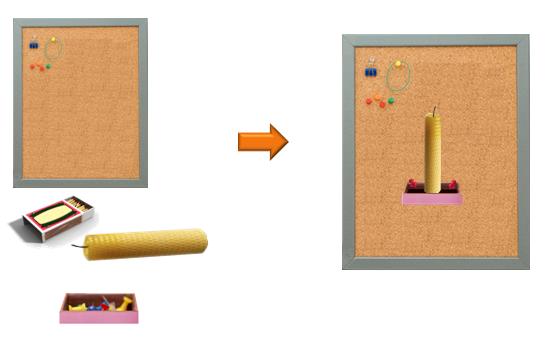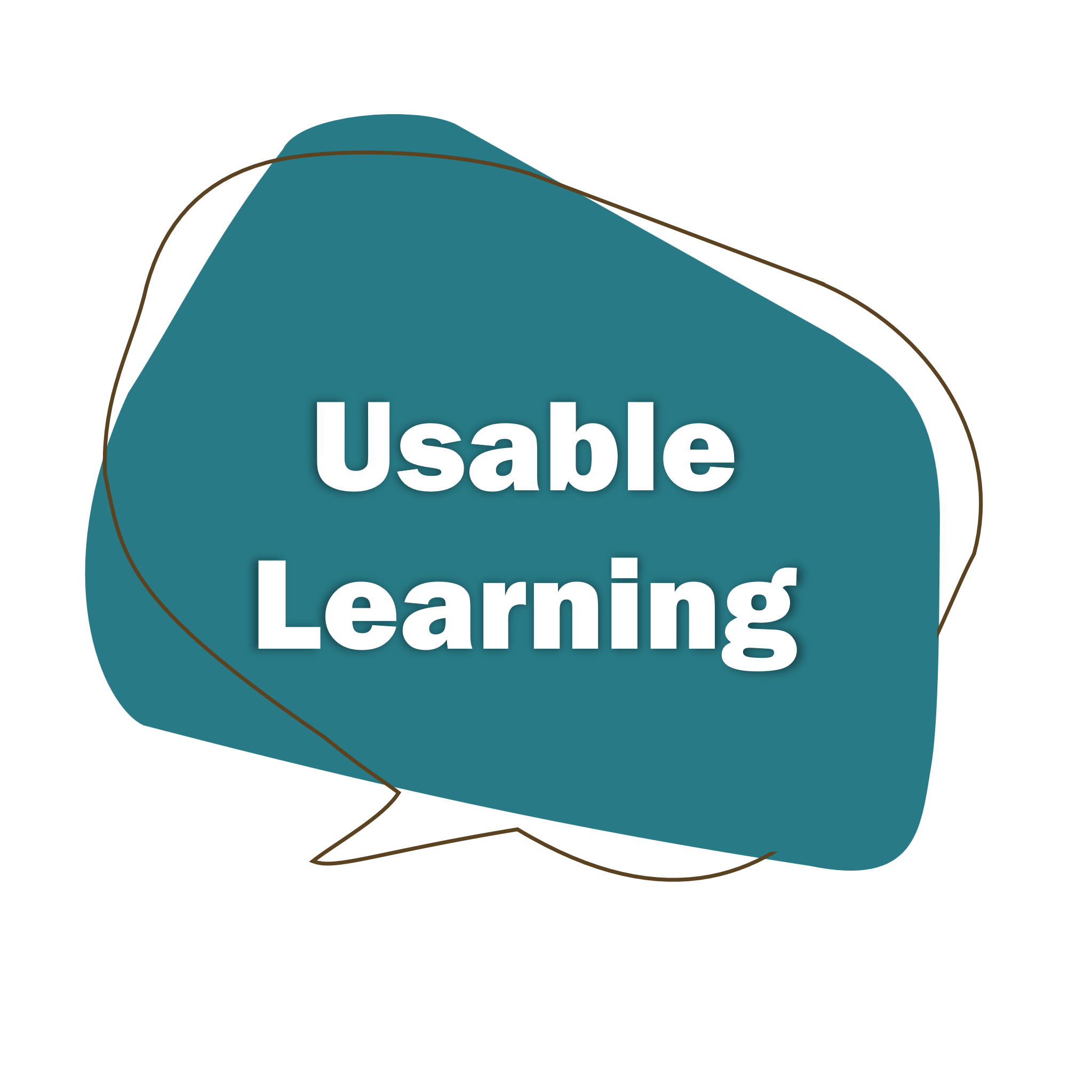So I finally got around to listening to the Daniel Pink TED talk on Motivation — it had been lingering in my google reader for a while. I had the same reaction that I’ve had to Daniel Pink in the past, which is that he starts strong, but gets soft as he goes along (I’m following along with A, then I see how it leads to B, then C, then – wait! how did we get to K already?), but it’s definitely (like most TED talks) worth a listen, and I’m happy he’s talking about the topic of Motivation.
He does a good job of throwing ideas out to start the conversation, which is the main strength of the talk here. He talks about a study that looked a creative problem-solving task.
You will get the full explanation in the video, but basically you are given a box of tacks, a candle, matches and wall, and you have to figure out how to attach the candle to the wall.
The answer is (spoiler alert) to dump the tacks out of the box, and use it as a holder for the candle.

This has been around for quite a while, but the really interesting aspect of it is that Daniel Pink talked about an additional study that looked at financial incentives for completing this task. The researchers used two conditions: people who started with tacks in the box, and people who started with the tacks out of the box (an easier task that involves less creative problem solving).
Basically, financial incentives improve the performance in the easier task, but made performance worse on the harder task.
Daniel Pink goes on to talk about how incentives for knowledge workers are structured all wrong, and the notion that all you need to do to motivate performance is say “if you do X, you’ll get Y reward” is totally feeble. Good point, and I will definitely get and read the book when it comes out.
BUT…
There’s another path here to follow, which is looking at how you frame the task.
In training/learning environments, we are (at least theoretically) all about trying to improve people’s performance. and how the task is framed makes a huge difference in how easy or difficult the task is to accomplish. Basically, when we are creating learning experiences, are we looking for opportunities to take the tacks out of the box for our learners?
I’m not talking about dumbing it down — I’m talking about reducing unneeded complexity, and framing the task in a way the increases the likelihood of success.
There are methods out there, like job aids, that can help with this quite a bit. But I also wanted to talk about implementation intentions.

There’s an academic/researcher named Peter Gollwitzer who spends a lot of time on this (info here and here). Basically, he explains implementation intention as follows:
Implementation intentions are if-then plans that connect anticipated critical situations with responses that will be effective in accomplishing one’s goals. Whereas … goals specify what one wants to do/achieve (i.e., “I intend to perform behavior X!”…), implementation intentions specify the behavior that one will perform in the service of goal achievement if the anticipated critical situation is actually encountered (i.e. “If situation Y occurs, then I will initiate goal-directed behavior Z!”).
Basically, if you are trying to quit smoking, you need more than the goal (“I’m going to stop smoking.”), you need the implementation intention of how to actually do it.

So you could say:
If I get a craving, I will distract myself.
You have situation Y (“If I get a craving”) and behavior Z (“I will distract myself.”). This is more effective than just the goal (“I will quit smoking.”). But you can make it much more effective by being specific:
If I get twitchy for a cigarette, I will chew gum
If stress makes me want a cigarette, I will call my sister
When I want an afternoon smoke break, I will take a 5-minute walk outside
So could you use this as tool in training classes/applications? I’m specifically thinking about a lot of the soft-skill training that goes on – single event training that has historically not led to much behavioral change. How many times have you learned about a good idea/tool/concept and never done anything with it?
How about an activity where you have people identify their own anticipated critical situations, and have a specific behavioral strategy for responding (when I have problem X with my difficult employee, I will do Y)? Remember, the specificity is crucial to success.
I think the reason that I was thinking about this in conjunction with the Daniel Pink material was the idea that things are different for knowledge workers (his whole-brain idea) than they are for more production workers. That by taking the tacks out of the box, you fundamentally change the nature of the activity.
So what I really like about the implementation intention is that, again, it’s not dumbing things down, and can apply regardless of the subject. For example, brainstorming:
Goal: Brainstorming as many different uses for a common knife as possible

How many do you think you could come up with? How about if you frame the question like this:
If I have found one solution, I will immediately try to find another as soon as possible.
Do you think you’d come up with more responses in the second condition? Research that Gollwitzer describes suggests that it’s more effective for group brainstorming (specifically, they were looking at the impact on social loafing, btw).
So, if you are interested in giving it a try, create your own version of this statement:
The next time I
have an instructional design problem where I am concerned about transfer of behavior,
I will
see if I can create an activity that allows the learner to develop implementation intentions.
What would your statement look like?
———————————————————-
References:
Gollwitzer, P. M. (2006). Successful goal pursuit. In Q. Jing, H. Zhang, & K. Zhang (Eds.), Psychological science around the world (Vol. 1, pp. 143-159). Philadelphia: Psychology Press.
Gollwitzer, P. M., Fujita, K., & Oettingen, G. (2004). Planning and the implementation of goals. In R. F. Baumeister & K. D. Vohs (Eds.), Handbook of self-regulation: Research, theory, and applications (pp. 211-228). New York: Guilford Press.
Endress, H. (2001) Die Wirksamkeit von Vorsätzen auf Gruppenleistungen: Eine empirische Untersuchung anhand von brainstorming [Implementation intentions and the reduction of social loafing in a brainstorming task]. Unpublished MA thesis University of Konstanz, Germany

Another great post. This is rapidly becoming one of my favourite blogs.
Some great ideas in the post addressing a problem I’ve seen time and time again and taken to calling the ‘lorem ipsum’ problem, after the placeholder text designers put into their wireframes and page dummies until the ‘real’ content is ready.
In teaching report writing, for example, you often have to deal with learners who write plans consisting merely of the words ‘introduction’ ‘argument 1’ ‘argument 2’ ‘conclusion’, with no sense of what the arguments or any of the content will be. ‘Introduction’ is merely a placeholder.
In training trainers you get a similar problem. Trainee trainers (I’m being generous here) write training plans that look like this:
Activity 1 = ice breaker, Activity 2 = Present Problem, Activity 3 = Present Solution, Activity 4 = Practice Solution.
But these static plans are more placeholders and fail to even describe what will happen during the training let alone begin to plan for what will happen afterwards. There’s no IF/THEN in either the planning, the delivery or the implementation.
My ‘lorem ipsum’ states the problem (well enough for me, at any rate) but your reframing idea offers a usable suggestion for dealing with it.
Wonderful, thanks.
Great post! This post once again underlines that we all learn differently and that the presentation of the task at hand (whether oral or visual) – is attacked differently by all of us. From an employer’s perspective, this needs to be noted and acted upon accordingly.